
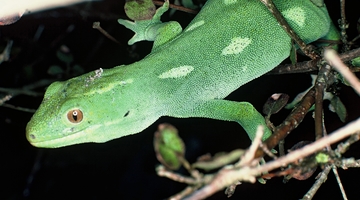
Skinks and geckos are the only 2 native families of lizard found in Aotearoa New Zealand (note that tuatara are not lizards). They are vertebrates and belong to the class Reptilia. All our native ...
READ MORE
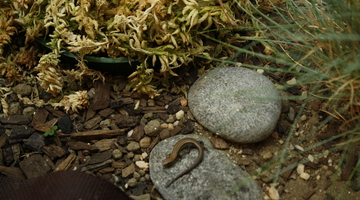
While employed as a postdoctoral research fellow at the University of Otago, Dr Kelly Hare looked at how captive management regimes could influence the health of individual skinks to promote more ...
READ MORE
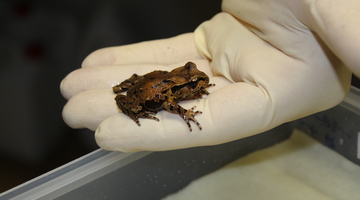
New Zealand has 4 species of native frogs that are all endemic. All 4 are threatened with extinction. A major focus of the amphibian research at the University of Otago is how to save these ...
READ MORE

In this activity, students have the opportunity to create a lizard-friendly habitat in the school grounds. The extension activity involves designing a suitable environment for keeping lizards in ...
READ MORE
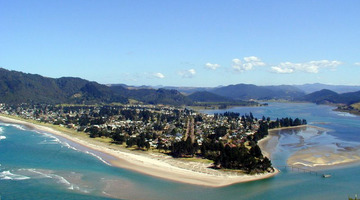
In this activity, students discuss how a variety of everyday objects can serve as metaphors for the important characteristics and functions of estuaries. By the end of this activity, students ...
READ MORE
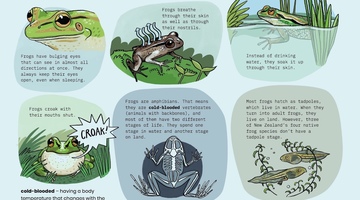
Frogs for the future? is a ready-to-use cross curricular teaching resource. It uses the Ministry of Education’s 2019 Connected article Kimihia Kermit by Philippa Werry. Rights: Crown 2019 Frog ...
READ MORE
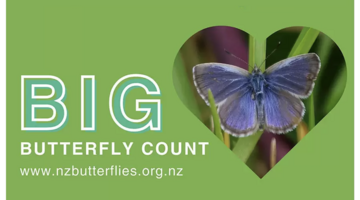
This New Zealand-based citizen science project collects data about butterflies in our gardens, schools, parks and farms – any location in the country or on the outer islands. This annual event – ...
READ MORE
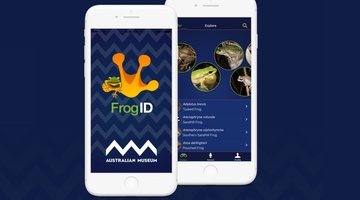
FrogID is an Australian app that uses audio of frogs’ unique calls to identify various species and their locations. We can use it in Aotearoa New Zealand to record the location of introduced ...
READ MORE

Be part of a worldwide movement and use Global Earth Challenge to submit or classify photos to help our planet’s environment and human health. Global Earth Challenge is a citizen science campaign ...
READ MORE

To most of us, one earthworm resembles another. Although earthworms do have common characteristics, species differ widely in their size, skin colour and in the roles they play in the soil ...
READ MORE
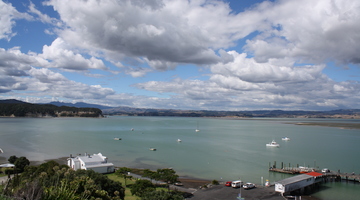
With 75% of New Zealanders living within 10 km of the coast, many students will be familiar with estuaries. In scientific terms, estuaries are the interface between the land and the sea – the ...
READ MORE

In this recorded professional learning session, Greta Dromgool and Ben Moorhouse from the Department of Conservation unpack conservation education and: introduce some exciting DOC resources aimed ...
READ MORE
Associate Professor Alison Cree, from the University of Otago, talks about the difference between being cold blooded and warm blooded. She discusses why scientists prefer to use the terms ...
READ MORE
Fast skinks are assumed to be more able to escape from predators, find a mate and find food. In this video clip, Dr Kelly Hare, from the University of Otago, talks about measuring the sprint ...
READ MORE
Dr Phil Bishop, from the University of Otago, talks about his research into metabolic bone disease. This disease only affects captive frogs, and the cure involves an elaborate UV tanning booth ...
READ MORE
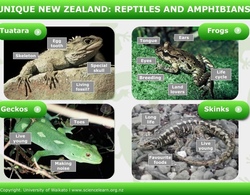
Explore this interactive to learn more about New Zealand’s unique reptiles and amphibians. Move your mouse or finger over any of the labelled boxes and click to obtain more information. Select ...
READ MORE
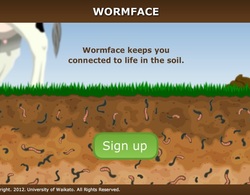
After students have researched an earthworm of their choice they can use this interactive to complete a Wormface profile for their earthworm. You will need the Adobe Flash Player to view this.
READ MORE
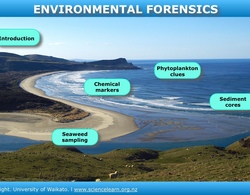
Dr Candida Savage explains the clues she collects in estuaries and fiords, to understand how changes in land use affect these environments. Click on the labels to watch the videos for more ...
READ MORE